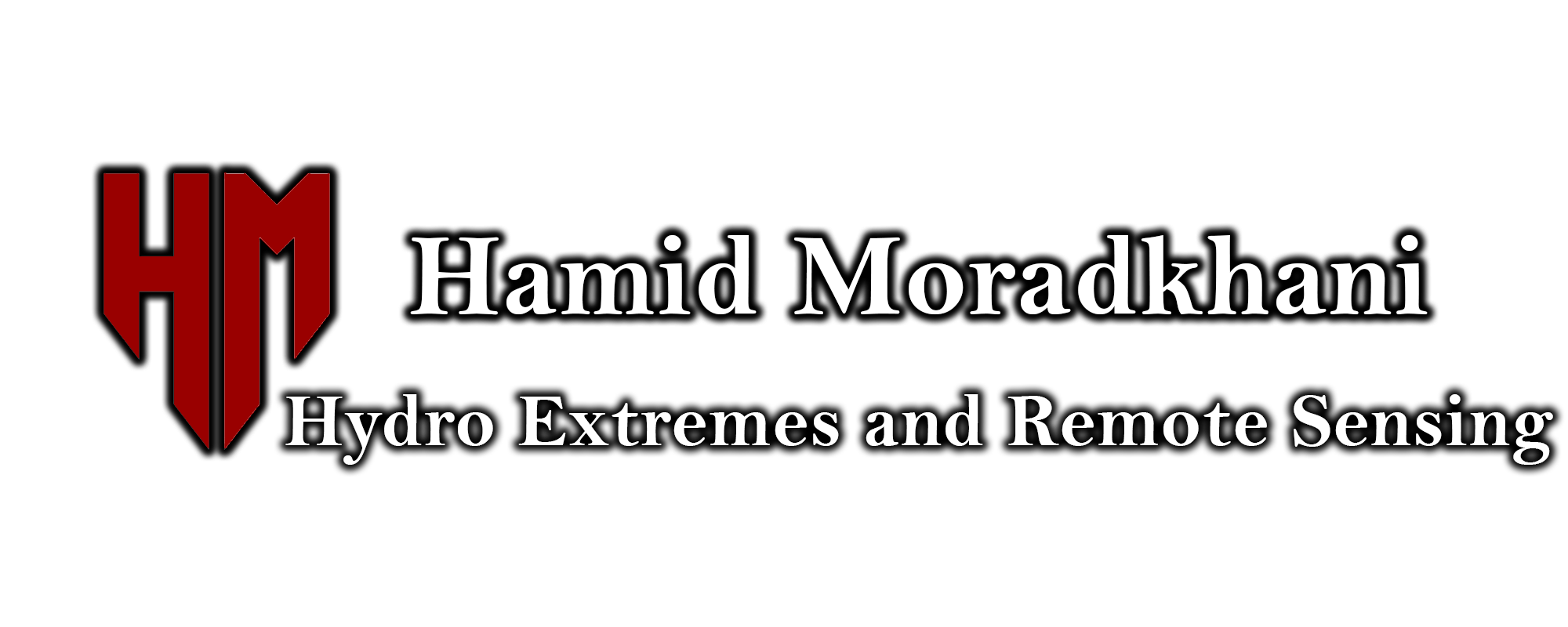Compound flooding (CF), as a result of oceanic, hydrological, meteorological and anthropogenic drivers, is often studied with hydrodynamic models that combine either successive or concurrent processes to simulate inundation dynamics. In recent years, convolutional neural networks (CNNs) and data fusion (DF) techniques have emerged as effective alternatives for post-flood mapping and supported current efforts of complex physical and dynamical modeling. Yet, those techniques have not been explored for large-scale (regional) compound flood mapping. Here, we evaluate the performance of a CNN & DF framework for generating CF maps along the southeast Atlantic coast of the U.S. as a result of Hurricane Matthew (October 2016). The framework fuses multispectral imagery from Landsat analysis ready data (ARD), dual-polarized synthetic aperture radar data (SAR), and coastal digital elevation models (DEMs) to produce flood maps at moderate (30 m) spatial resolution. The highest overall accuracy (97%) and f1-scores of permanent water/floodwater (99/100%) are achieved when ARD, SAR and DEM datasets are readily available and fused. Moreover, the resulting CF maps agree well (80%) with hindcast flood guidance maps of the Coastal Emergency Risk Assessment and can effectively match post-flood high water marks of the U.S. Geological Survey distributed in coastal counties. We ultimately evaluate the framework with different DF alternatives and highlight their usefulness for large-scale compound flood mapping as well as calibration of hydrodynamic models. The cost-effective approach proposed here enables efficient estimation of exposure to compound coastal flooding and is particularly useful in data scarce regions… Read more
-
PreviousOur paper in IEEE Journal of Selected Topics in Applied Earth Observations and Remote Sensing, Fusing multi-source data to estimate the effects of urbanization, sea level rise and hurricane impacts on long-term wetland change dynamics
-
NextOur paper in Bulletin of the American Meteorological Society, High-Resolution SMAP Satellite Soil Moisture Product: Exploring the Opportunities

